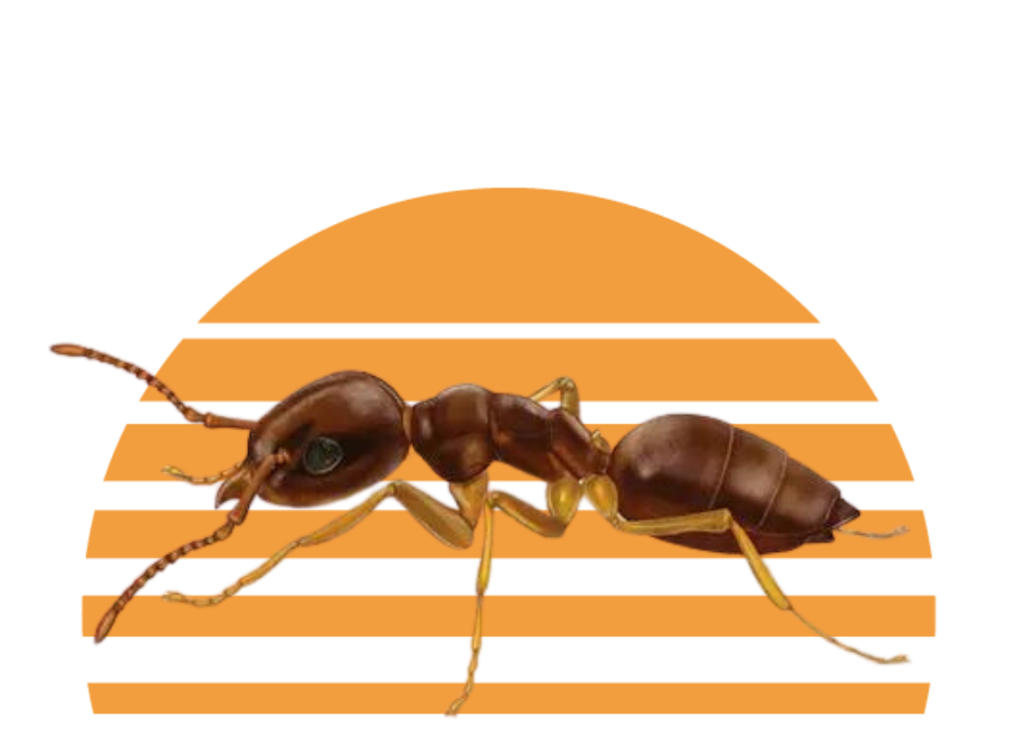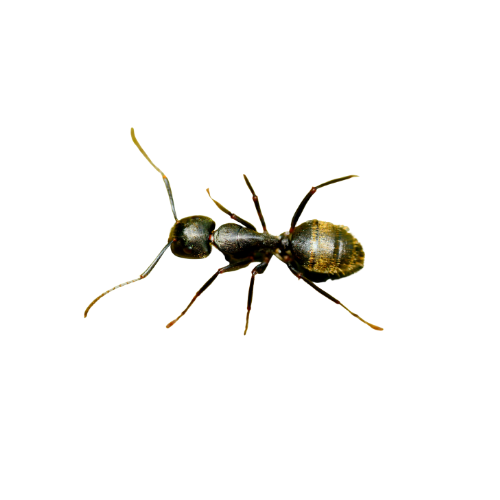Get rid of odorous ants
Odorous house ants, known by their common nickname “sugar ants,” are frequent and annoying pests here in the Pacific Northwest. This tiny, black ant species is about ⅛ inch long. While generally harmless, they are a challenge to eradicate. The most common sign of odorous house infestation is foraging worker ants.

Odorous House Ants
End Odorous House Ant problems in 3 easy steps.
STEP 1
Initial Service

Thorough Inspection and Treatment
Inspection is always our first course of action when addressing a pest infestation. One of our licensed technicians will begin treatment by inspecting for the source of the infestation. They will also look for existing damage, environmental factors, and other pest problems.
Our technician will decide what treatment techniques will work best to address the specific infestation. We use multiple treatments to get rid of odorous house ant colonies. This includes both interior and exterior control methods such as removing food sources, gel baiting, and perimeter spraying to prevent odorous house ants from coming back to your home. All the materials used to complete the treatment are undetectable by the Ants. This allows for fast and effective ant control.
STEP 2
Proactive Treatment

Follow-Ups and Monitoring
Odorous house ants are one of the most difficult ant species to get rid of. Environmental factors, such as vegetation, food availability, and harborage, make some infestations worse than others. It may take two or three Follow-Up treatments to gain full control of the infestation.
We recommend completing a Follow-Up every two weeks until the activity stops. This way, we can consistently monitor the problem and change our method as needed. We don’t make any contracts here at Sunrise, so you are never obligated to complete a certain number of recommended services. We’re happy to work with your budget and schedule to do what is best for your home.
STEP 3
All Pest Protection

Prevent Future Infestations
All Pest Protection is a quarterly maintenance service aimed to prevent infestations of general pests such as ants, rodents, bees, and other insects. We come out on a 3-month rotation to provide an exterior perimeter spray where the home and foundation meet, spot treat around doors and windows for activity, sweep reachable webs and spider egg sacs, and maintain rodent bait stations (secured, locked, black plastic boxes) on the exterior of the home to mitigate outside Rodent populations.
All Pest Protection (APP) can also include various warranties for general pests established after the Initial Inspection and Treatment. Once you get started, each quarterly service is only $109 before tax. Should your house be overrun by fleas, bees, spiders, or any of the pests eligible under your warranty, all you have to do is give us a call. We’ll dispatch a technician to complete a pest-specific treatment at no cost to you under your APP warranty.



